The community was quickly outgrowing the small rural hospital of Garden Bay and the need for a more centrally located hospital was recognized. According to Dr. Swan in House Calls by Float Plane, "Halfmoon Bay was considered the center of the lower Sunshine Coast, [and] the population hub was in Roberts Creek.” So in 1964, St. Mary’s Hospital moved to Sechelt. The new hospital was built on land generously donated by the shíshálh Nation, consisted of 35 beds and had a 13 bed nurse’s residence. However, as Dr. Paetkau notes in his novel, “the new hospital was already proving inadequate for the Sunshine Coast’s growing population”. By 1968, the number of patient days in the hospital had almost tripled (from 4,926 in '64 to 13,464). However, the move from Garden Bay to Sechelt did increase the availability of St. Mary’s Hospital services throughout the coast. Since then, it has continued to expand. The shíshálh, or Sechelt, Hospital was recently renovated and now has larger emergency, radiology, and maternity departments, single patient rooms, and 44 beds.
At this time, growth on the Sunshine Coast became much more rapid. This development allowed an influx of medical professionals to the coast, as there were multiple employment opportunities. The historical record of medical care on the Sunshine Coast in the next few decades seems to die off. We had a community hospital, clinics in Gibsons, Sechelt and Madeira Park (and multiple private clinics that opened in the Sechelt area, mostly in the late '70s-'90s). As the population increased and communities developed, medical care grew. The availability of medical care has come a long was since the isolated hospital of the 1930s. The evolution of medical care on the Sunshine Coast is largely due to the community's dedication in implementing change- and our hardworking healthcare professionals. Without the efforts of these early Sunshine Coast residents, we wouldn’t have the access to the healthcare that we do today.
Are you interested in learning more about local history? Drop by the SCMA with your research requests; we would be happy to help!

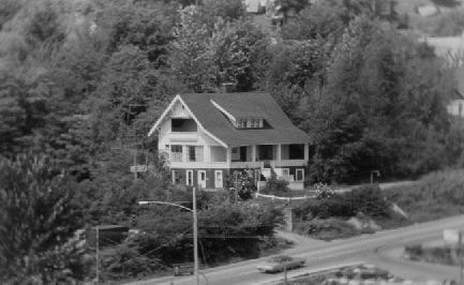
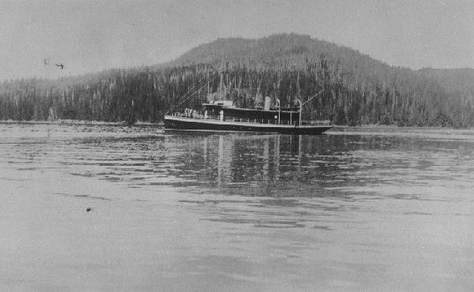
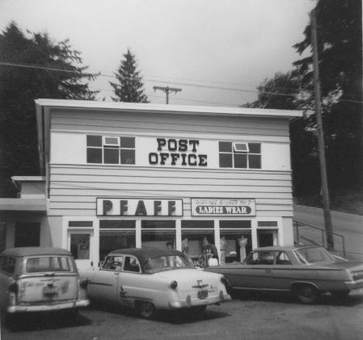
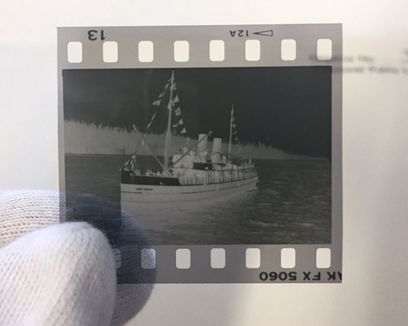
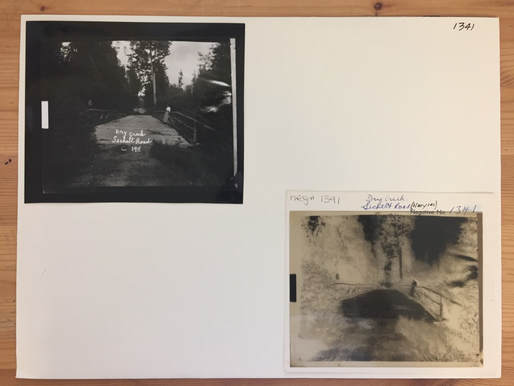
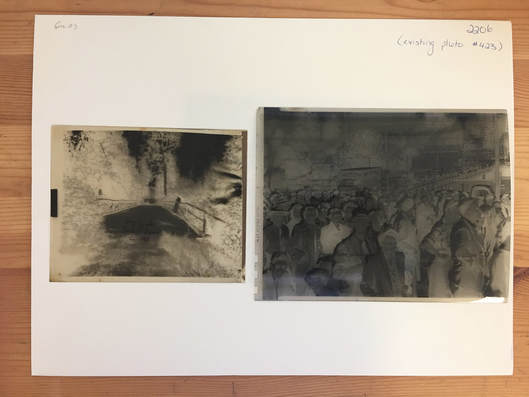
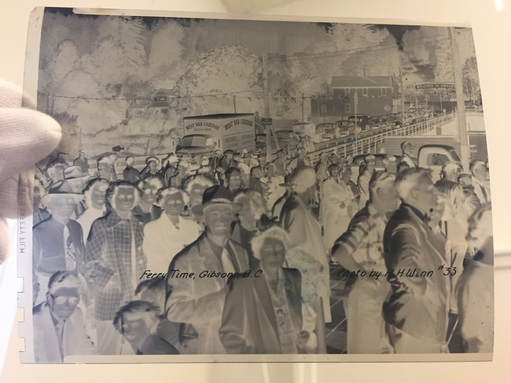
 RSS Feed
RSS Feed
